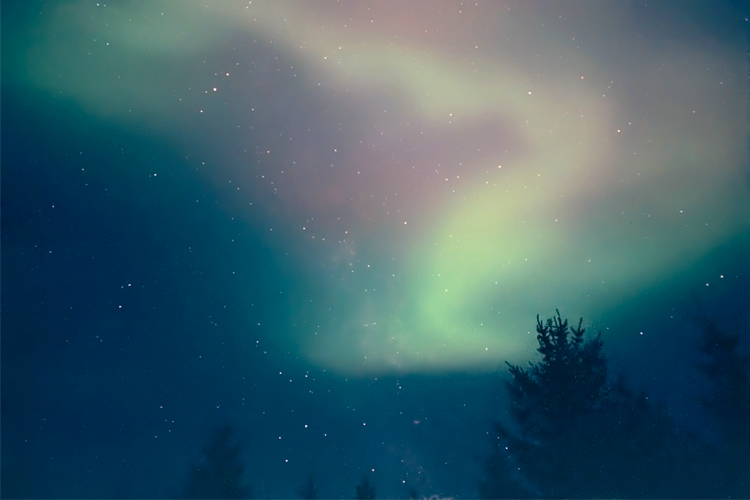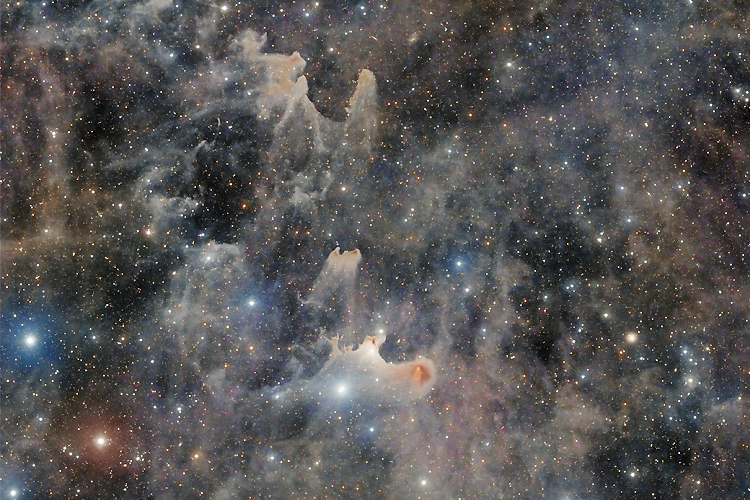The 1970s were an exciting time for space exploration. People walked on the moon, satellites photographed close-ups of the outer planets and a teenaged Stuart Heggie attended a lecture by famous astronomer, the late U of T Professor Emeritus Tom Bolton.
The interaction inspired Heggie to study at the Department of Astronomy (now the David A. Dunlap Department of Astronomy & Astrophysics), and so began one astronomer’s journey to become a world-renowned astrophotographer.
“I wanted to be sitting with the best of the best to test my mettle,” says Heggie, about his choice to attend U of T.
Heggie honed his astronomer skills with the telescopes atop McLennan Physical Labs and spent summers analyzing deep space photographs for the department’s research.
As an alum and annual donor, Heggie gives back to U of T so future generations can access the same quality of world-class resources he had more than 40 years ago.

"If we want U of T astronomy students exposed to as many important experiences as possible, donors need to be part of the solution,” he says.
After graduating with his honours bachelor of science degree as a member of New College in 1982, Heggie earned his MBA at York University. He built a successful career in business consulting but says sometimes those jobs felt like just a means to fund his true passion — astrophotography.
University will change you forever in a way you probably can't put your finger on, but one day, decades from now, you're going to suddenly realize that every problem you solved, every reaction you had to a new experience and your success in dealing with it, was a function of your undergraduate training.
Heggie captures most of his images via two observatories he built on his farm near Goderich, Ontario. His shots of galaxies, nebulae and mysterious cosmic gases have been featured by the Royal Greenwich Observatory and the American Museum of Natural History, among other esteemed platforms and publications.
“I’ve always felt astrophotography is the marketing arm of NASA and other space programs, building up excitement for what’s out there,” says Heggie, who sits on the board of the Royal Astronomical Society of Canada.
“Possibly the most amazing night sky I ever photographed was a stunning display of the northern lights that occurred in the fall of 2002. I was outside my home with my old film camera and a cellphone jammed against my ear, yelling at my friends to get outside and look up.”

The world of astrophotography is evolving faster today than ever before, Heggie says. Camera tech is changing almost monthly, and taking pictures of space has never been more accessible.
"I think the biggest error beginners make is thinking they need a big, expensive telescope to do this. Experienced imagers will say you should prioritize a great mount, a good camera and then a telescope that gives you the field to photograph the things you find interesting. A poor mount renders everything else moot since you’ll have blurry or trailed stars,” he says.
One of Heggie’s most demanding projects was a four-panel mosaic of the Veil Nebula captured over 67 hours of exposure time and meticulous stitching together of images. When he’s working on projects like that, Heggie is reminded of his years on St. George Campus, when he studied stacks of photos of distant galaxies and lonely stars.
"University will change you forever in a way you probably can't put your finger on, but one day, decades from now, you're going to suddenly realize that every problem you solved, every reaction you had to a new experience and your success in dealing with it, was a function of your undergraduate training,” says Heggie.
Eclipse 2024
Heggie has captured pictures of millions of stars but there’s one cosmic image that’s eluded him so far — a total solar eclipse — and soon he’ll have a chance to cross it off his bucket list.
On April 8, 2024, a total solar eclipse will be visible across large swaths of Ontario, Quebec and Atlantic Canada. Heggie’s already testing his best equipment for solar photography and planning how to beat the crowds that will book every hotel room in the path of totality.
Heggie recalls a fellow astronomer who advised him to leave his camera at home for his first total solar eclipse so he wouldn't miss it while fiddling with computers and camera settings.
“Imagine if you missed that moment,” says Heggie.
But you can bet Heggie will be there with a camera.
Interested in creating transformative opportunities for youth to participate in Eclipse 2024? Contact Emily Wilson, Associate Director, Development at emily.wilson@utoronto.ca or 416-978-4177.

